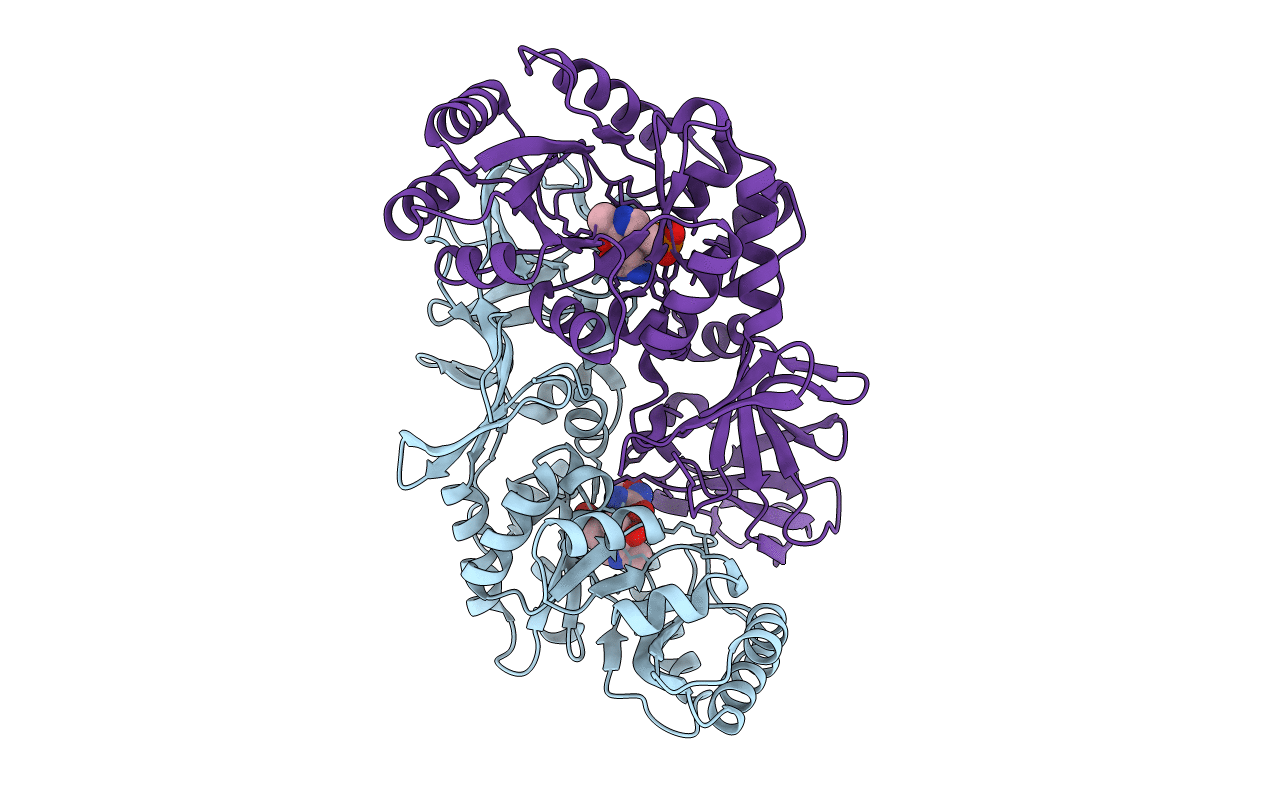
Deposition Date
2004-10-12
Release Date
2005-01-18
Last Version Date
2023-11-15
Entry Detail
PDB ID:
1XQL
Keywords:
Title:
Effect of a Y265F Mutant on the Transamination Based Cycloserine Inactivation of Alanine Racemase
Biological Source:
Source Organism:
Geobacillus stearothermophilus (Taxon ID: 1422)
Host Organism:
Method Details:
Experimental Method:
Resolution:
1.80 Å
R-Value Free:
0.21
R-Value Work:
0.18
R-Value Observed:
0.18
Space Group:
P 21 21 21


